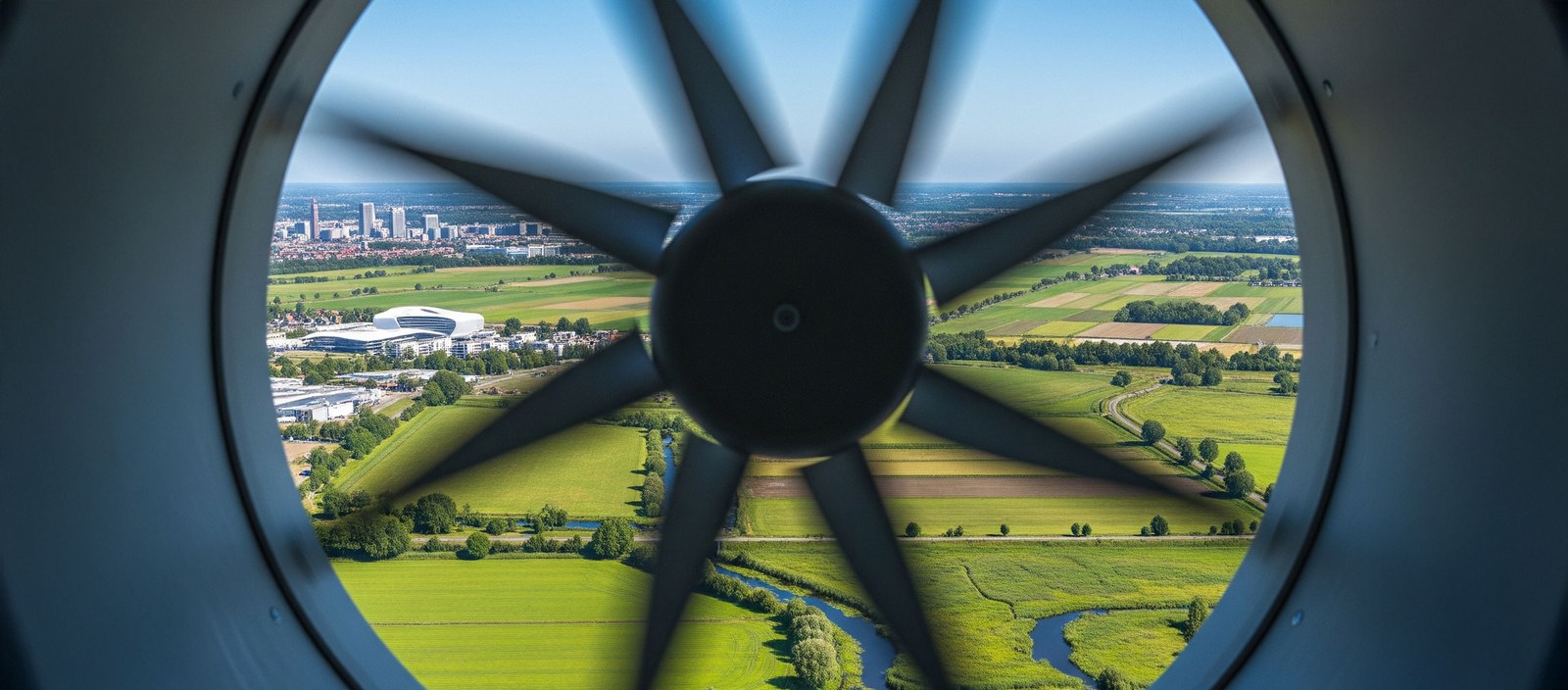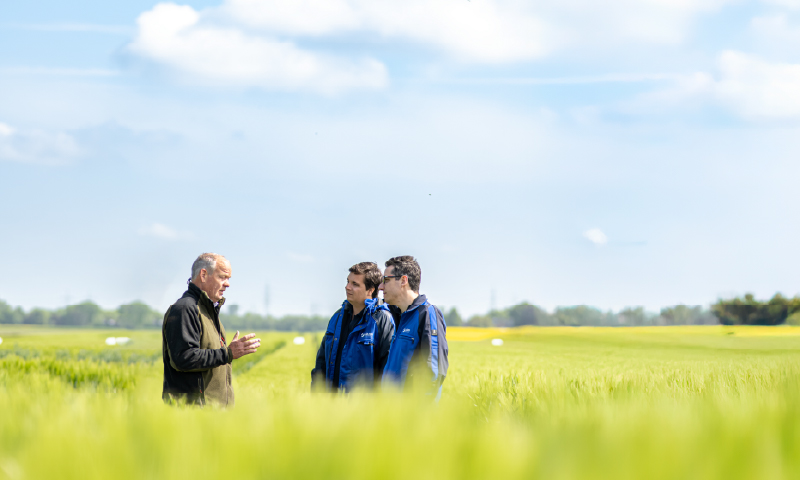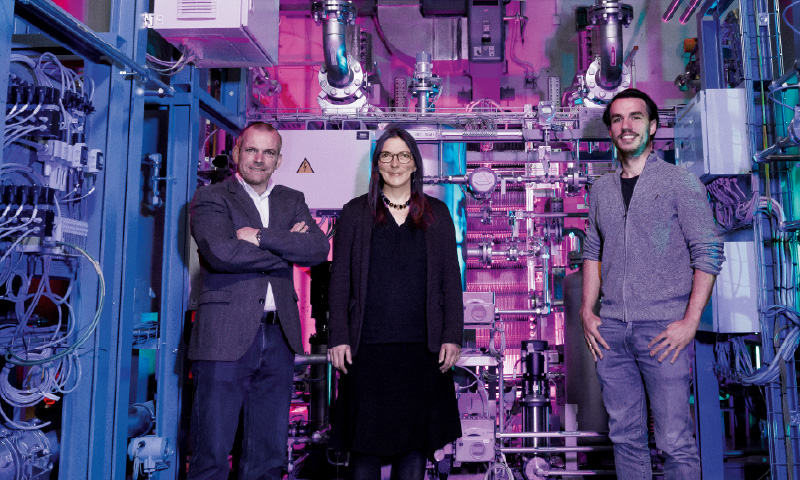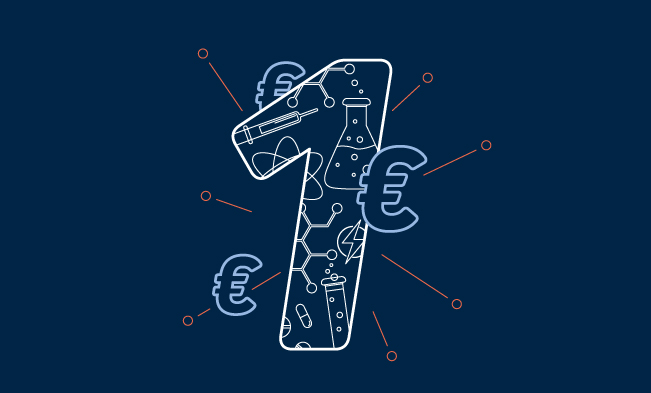Capturing CO₂ from the Air – and Storing It Safely
Science for Everyone – Joint Project DACStorE
Cutting emissions alone won’t be enough to meet climate targets. We also need technologies that actively remove CO₂ from the atmosphere—so-called Negative Emission Technologies (NETs). The joint research project DACStorE is rising to the challenge. It explores how Direct Air Capture and Storage (DAC+S) can be systematically implemented in Germany.
June 2025
Big Plans for DACStorE
Avoiding emissions is crucial—but it’s only part of the solution. To meet the 1.5-degree target, we must also remove existing CO₂ from the air. That’s exactly where DACStorE comes in.
Researchers from across Germany are joining forces to develop a national strategy for Direct Air Capture and Storage—technologies that extract CO₂ directly from the atmosphere and store it safely. It’s an ambitious project with far-reaching implications for industry, society, and our climate future.
What is DACStorE?
DACStorE stands for Direct Air Capture and Storage Research. It’s a nationwide collaboration of universities, research institutes like Forschungszentrum Jülich, industry partners—and the next generation of scientists. The goal: to explore how DAC+S can be implemented in Germany in a way that makes technical, economic, and social sense.
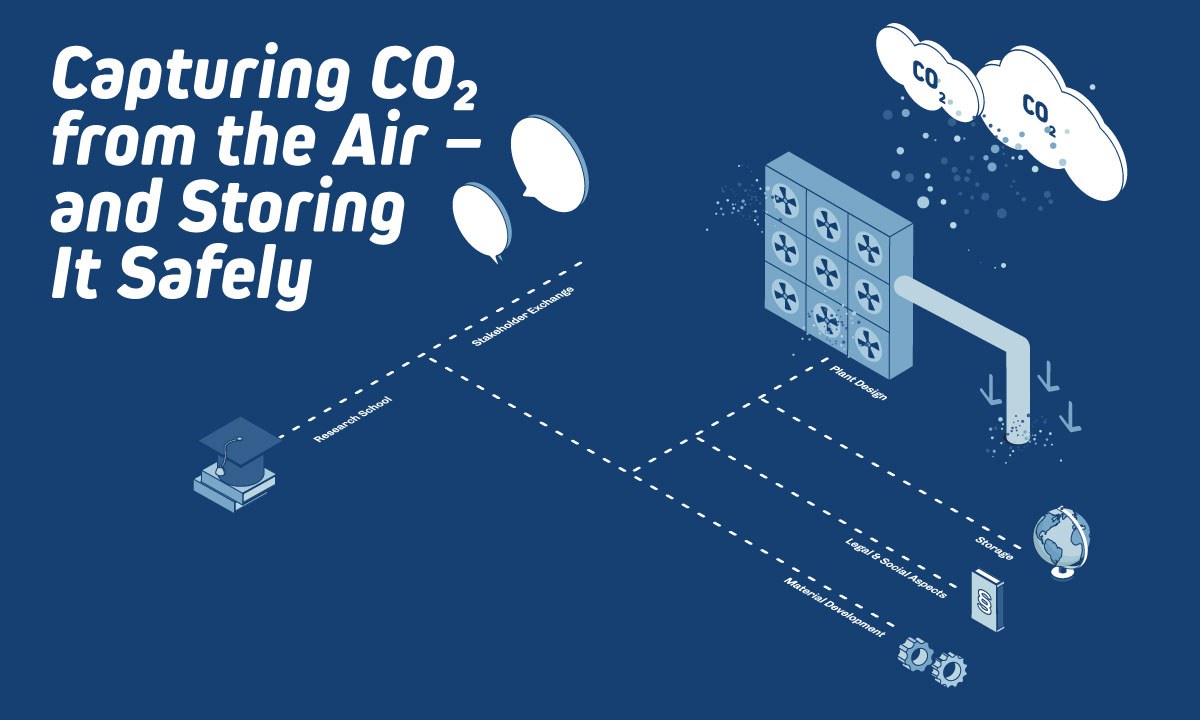
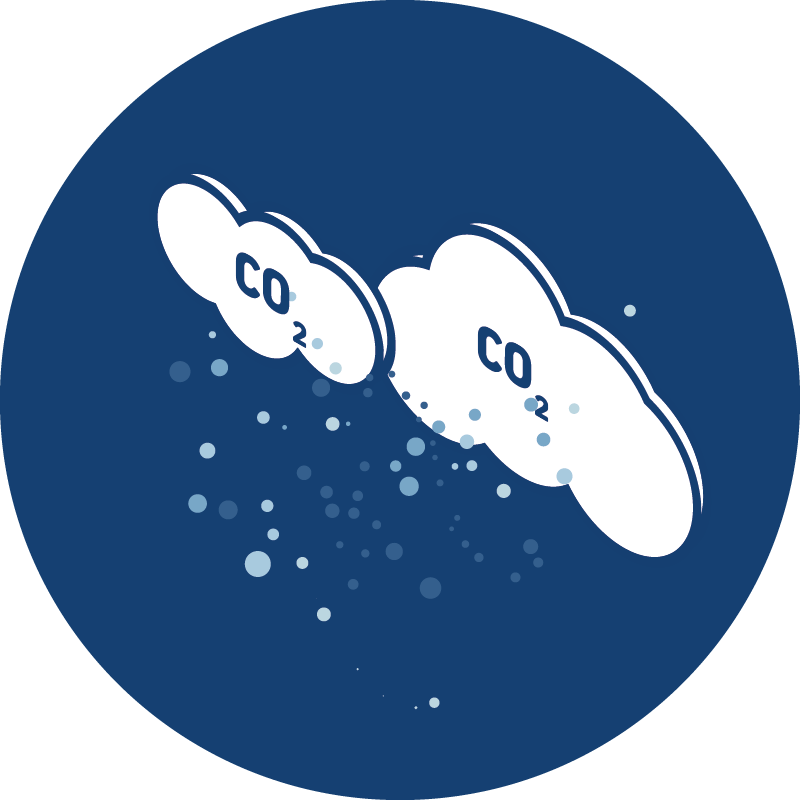
How Does CO₂ Removal Work?
At the heart of DACStorE lies a fundamental question: How can we extract CO₂ directly from the air—efficiently, at scale, and sustainably? The answer lies in Direct Air Capture (DAC) technologies. DACStorE compares different approaches, identifies the most promising systems, and investigates how they could be scaled up for industrial use.
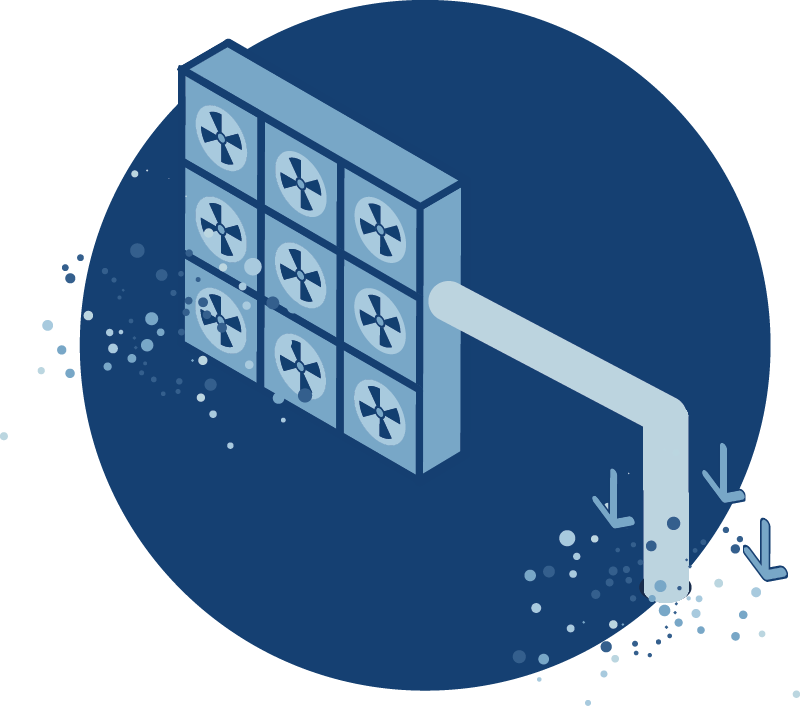
From Concept to Real-World Systems
A smart idea alone isn’t enough—it needs real-world viability. DACStorE is developing practical models to explore what actual DAC plants might look like: What kind of energy would they consume? What would they cost over time?

Captured CO₂ – But Stored Where?
Once CO₂ is removed from the air, it has to be stored permanently. But where and how? DACStorE evaluates various options, from geological formations to potential reuse pathways—assessing them in terms of environmental impact, safety, and legal feasibility.

It’s About More Than Technology
To make DAC+S work in Germany, technical innovation isn’t enough. Public trust and acceptance are just as critical. DACStorE therefore also examines ethical issues, legal frameworks, and the broader societal debate surrounding CO₂ removal.

Materials That Love CO₂
A key area of research: next-generation sorbents—materials that bind CO₂ directly from the air. The requirements are tough: maximum binding, minimal energy use. This is where materials science meets climate action.

Conversation, Not Just Concepts
DACStorE isn’t a think tank—it’s a conversation starter. Stakeholders from politics, industry, and civil society are involved through workshops, roundtables, and expert dialogues. The goal: to shape a shared path toward transformation.

A Launchpad for Talent
DACStorE is also building new research schools for young scientists. Interdisciplinary and hands-on, they prepare early-career researchers to tackle one of the most pressing challenges of our time: carbon removal.
Image: Forschungszentrum Jülich/ Monika Buglowski
Dive deeper into the current issue
When research, industry, and society unite their perspectives, they create solutions greater than the sum of their parts.
In the Endeavours magazine, discover how co-creation works — through real stories of collaboration, pioneering spirit, and successful transfer.

